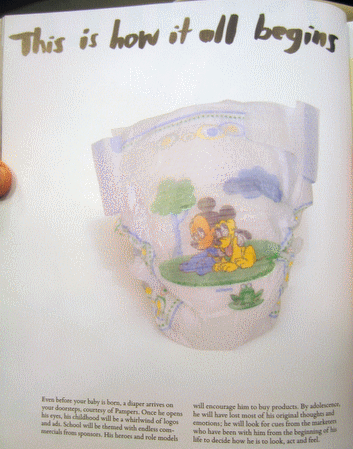Four years ago, when we were expecting our daughter, I knew I was about to begin a major shift in my priorities. It would still be a high priority to live out my faith and values, but above all else, the top priority is now to lovingly raise my children and instill those values that are so central to my life in theirs as well. In addition to simply loving my kids, I wanted to help them to see the world the way I had grown to see it. A large community where we are all intertwined and where our decisions impact others.
My kids are 4 and 3 now and, as concrete thinkers, reading books with them is one of the most tangible ways to expand their world, next to actually experiencing things in real life. My journey to find children’s picture books that discussed topics like poverty and homelessness, clean drinking water and lack of education, was fruitful, but sparse. It was a genre with books few and far between. And so, I set out to write my own.

Clean Water for Elirose is a children’s picture book about what kids drink and how four young kids make a difference in fifth child’s life, Elirose. My goal with writing the book is two-fold.
- To provide parents with a meaningful way to discuss a global social issue with their young children.
- To use the book as a tool itself for fundraising for clean drinking water.
My hope is that it reaches those goals, if even on a small scale. If your interested in ordering a copy you can do that here. Anyone is free to buy a “teachers copy” for $5, which is the same book, but doesn’t cover the total costs ($3.65 per copy of the book, ~$2.10 for shipping plus envelope). Or, you can order a $15 copy and about $10 if your purchase will go directly to supporting a clean water well project (currently with Charity:Water).
I’d love your help getting the word out if your willing. Review the book on your blog, ask your local parenting mag or paper to write a review, purchase a copy for your library, tell your friends or use it as a fundraiser for your next missions trip. Oh, and let me know what you think with a comment below.






 Subscribe to Updates from Margaret!
Subscribe to Updates from Margaret!